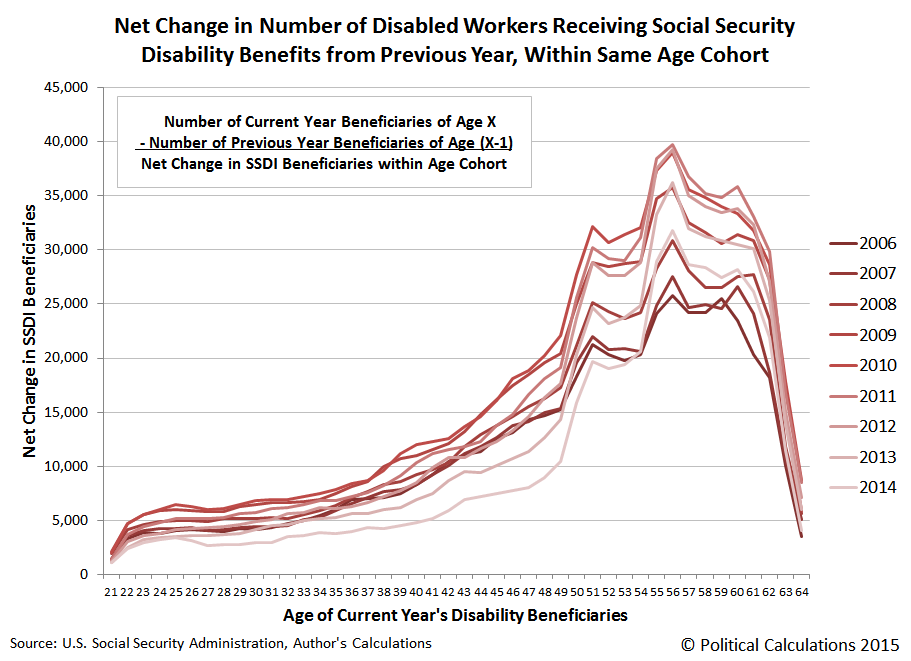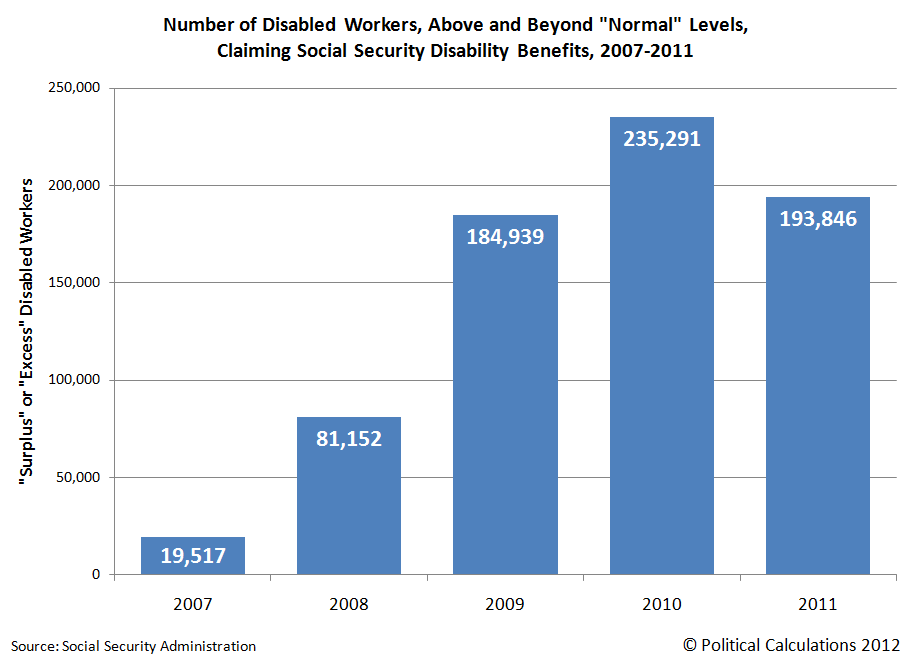The number of disabled workers who received Social Security benefits fell by about 20,000 in May compared to the prior month, data from the Social Security Administration revealed. This decrease is notable given that there were approximately 7.25 million disabled workers receiving benefits in April, which slightly dropped to around 7.23 million in May. Interestingly, the percentage of recipients who were disabled workers remained consistent at about 11% for both months, with these individuals receiving an average of $1,540 monthly in government support.
Despite the clear drop in numbers, the reasons behind this decline are not immediately apparent. Experts, including Burt Williamson, a retirement specialist with PlanPrep, suggest that various factors could be at play. Williamson speculated that the changes might relate to individuals transitioning from disability benefits to retirement benefits, the unfortunate passing of some recipients, or a possible loss of qualification for benefits. He emphasized that the latter scenario is likely the least common among the reasons.
The Social Security Administration has previously outlined specific categories under which benefits for disabled workers can be terminated. These include conversion to the retirement program upon reaching full retirement age, death, medical recovery, and work recovery. Additionally, benefits for disabled widow(er)s and disabled adult children can be affected by marriage or entitlement to a larger benefit. Furthermore, for those on Supplemental Security Income (SSI), the criteria for determining benefit termination may differ, especially for blind and disabled adults where medical recovery is not a factor after age 65.
In May, there was a total of 72.35 million beneficiaries of support from the Social Security Administration, an increase from 72.23 million in April. This growth is primarily attributed to those receiving retirement benefits, highlighting the complex dynamics within the Social Security system. As the agency continues to analyze these shifts, the implications for disabled workers and their access to crucial financial support remain significant.
Overall, the decline in disabled workers receiving Social Security benefits raises important questions about the factors contributing to this trend and how it may impact the lives of millions who rely on such assistance.
The agency also noted that SSI disabled children undergo a redetermination of eligibility at age 18, with nearly one in three being terminated for not meeting adult standards. As the Social Security landscape evolves, understanding these changes will be essential for both recipients and policymakers.
The Little Rascals: Where Are They Now After 27 Years?
Get Ready For The Paris 2024 Summer Olympics: Betting Insights And More!
Unlocking The Excitement Of Connections: A Word Game Phenomenon

